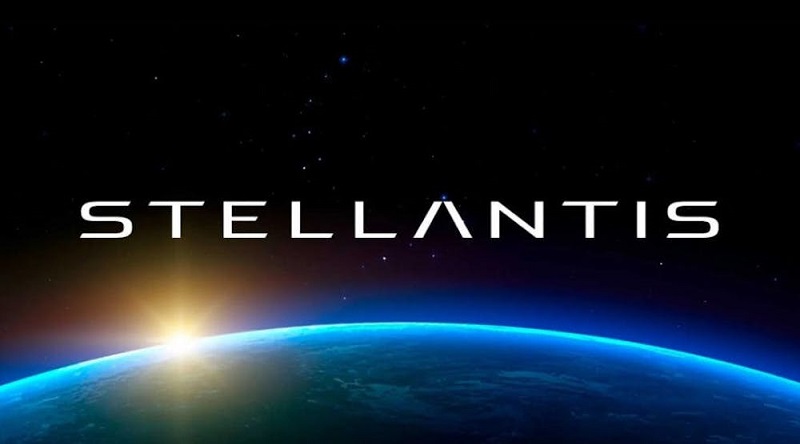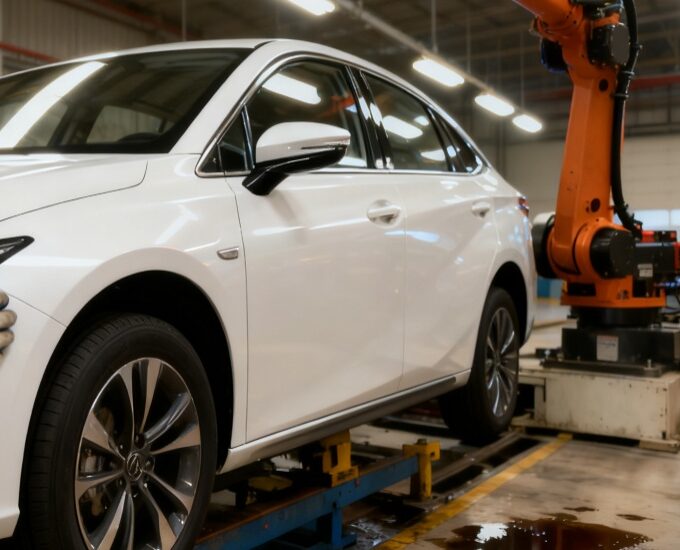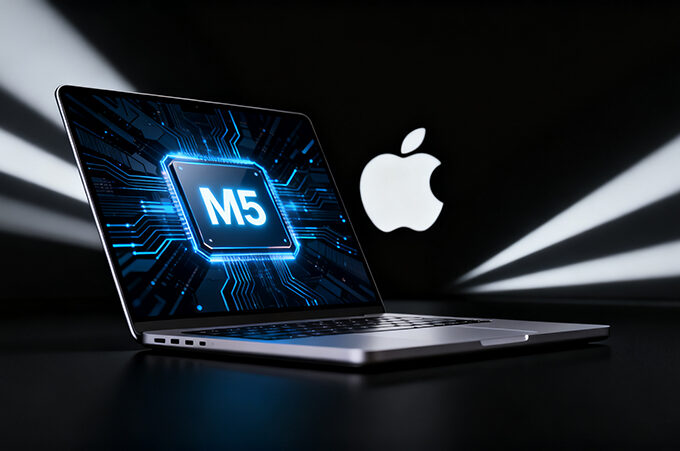The batteries, free of lithium and cobalt, have been heralded by some as the future of sustainable energy storage.
Stellantis Ventures, the corporate venture fund of automotive giant Stellantis N.V., has invested in Tiamat, a French company aiming to bring sodium-ion battery technology to the commercial market.
Tiamat, a spin-off from the French National Centre for Scientific Research, was selected as one of the recipients of the Stellantis Ventures Award in 2023. It holds the distinction of being the first company globally to commercialize sodium-ion technology in an electrified product.
The executives at Tiamat intend to utilize the funds raised in the recent financing round, which included an investment from Stellantis Ventures, to initiate the construction of a sodium-ion battery plant in France. The facility will focus on producing batteries for power tools and stationary storage applications initially, with plans to subsequently scale up production for second-generation products designed for electric vehicle applications.
Sodium-ion technology has gained prominence as a viable alternative to lithium-ion chemistry in recent years. Studies have underscored several advantages, including a lower cost per kilowatt-hour, sustainability attributed to the natural abundance of raw materials, and enhanced safety due to lower toxicity and nonflammability.

These batteries find applications beyond traditional electric vehicles. In late December, United Airline Ventures revealed its investment in the technology through battery manufacturer Natron Energy to electrify ground support equipment.
Ned Curic, Chief Engineering and Technology Officer at Stellantis, emphasized that investments like this one are integral to achieving the company’s Dare Forward 2030 initiative, aiming to become carbon-neutral by 2038. Stellantis aims to exclusively sell battery-powered passenger cars in Europe and achieve a 50% mix of battery electric vehicle (BEV) sales for passenger cars and light-duty trucks in the United States by 2030. To meet these targets, the company aims to secure approximately 400 GWh of battery capacity.
Curic stated, “Our customers are demanding emission-free vehicles that offer a combination of robust driving range, performance, and affordability. This is our guiding principle as Stellantis and its partners collaborate to develop cutting-edge technologies for the future.”













Leave a comment